Citroën Ami 6 Classic Cars for Sale
The Citroën Ami 6 stands out with its unmistakable reverse-raked rear window and advanced comfort for its era. This French classic, produced between 1961 and 1969, combines everyday practicality, economical maintenance, and quirky design appeal. Explore our listings to discover available saloon and estate variants, each representing a unique slice of automotive history.
Resultados de la búsqueda
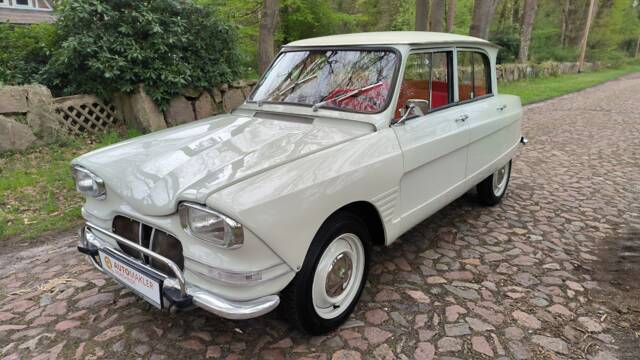
1961 | Citroën Ami 6 Berline
Einer der 1. ausgelieferten Modelle im September 1962
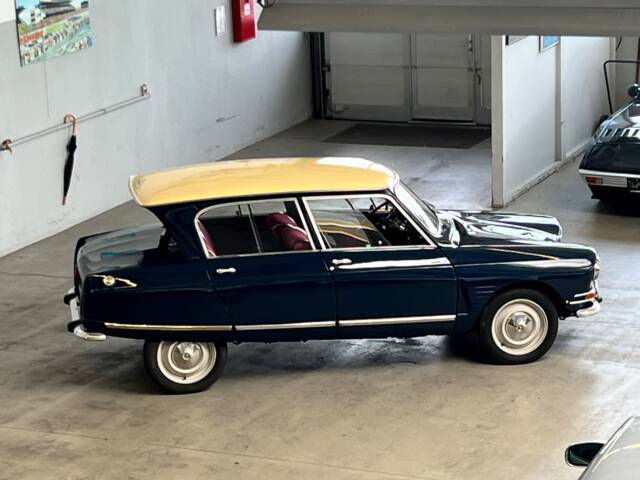
1968 | Citroën Ami 6 Berline
Ami 6 Club
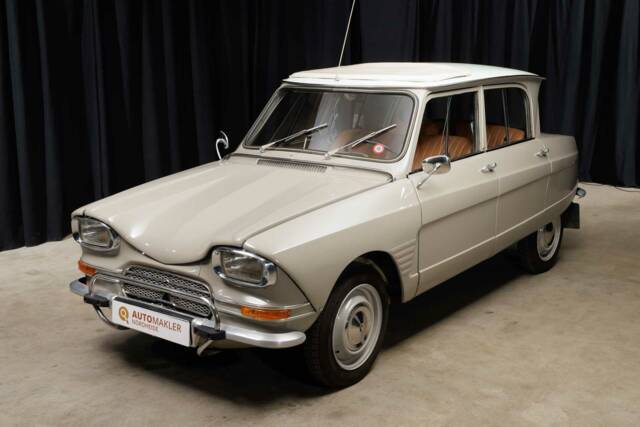
1969 | Citroën Ami 6 Berline
Rarity AMI with fact roof and original radio ex works
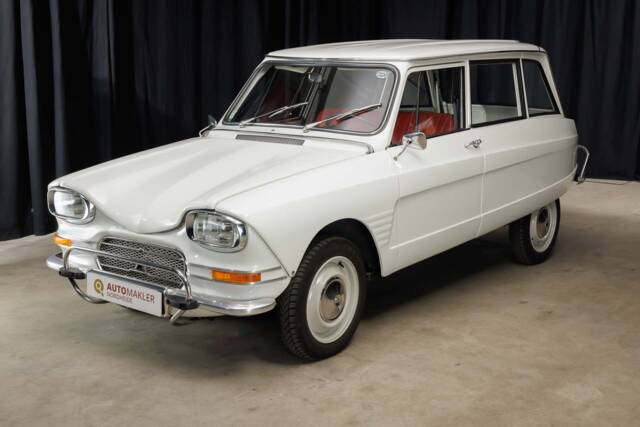
1969 | Citroën Ami 6 Break
Citroen AMI 6 Break
Citroën Ami 6 listing references from Classic Trader
Below you will find listings related to your search that are no longer available on Classic Trader. Use this information to gain insight into availability, value trends, and current pricing for a "Citroën Ami 6" to make a more informed purchasing decision.
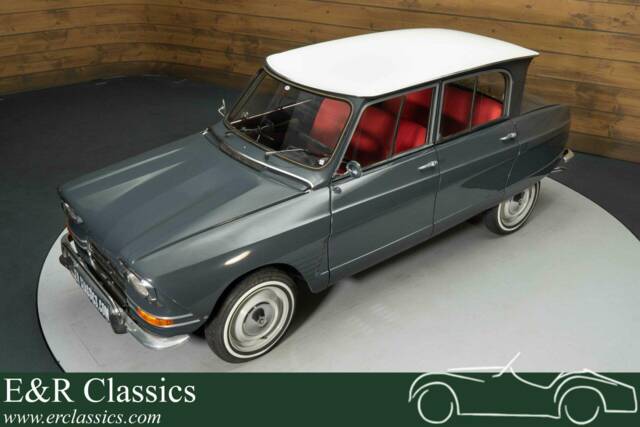
1967 | Citroën Ami 6 Berline
Citroen Ami 6 Sedan
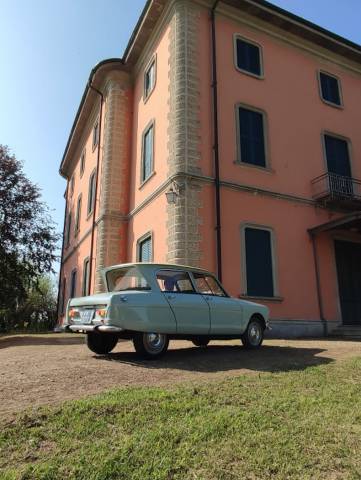
1961 | Citroën Ami 6 Berline
Prima serie
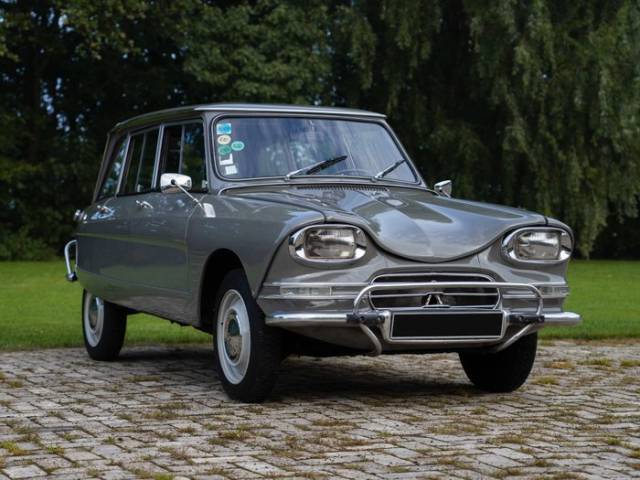
1966 | Citroën Ami 6 Break
Citroën - Ami 6 Break - 1966
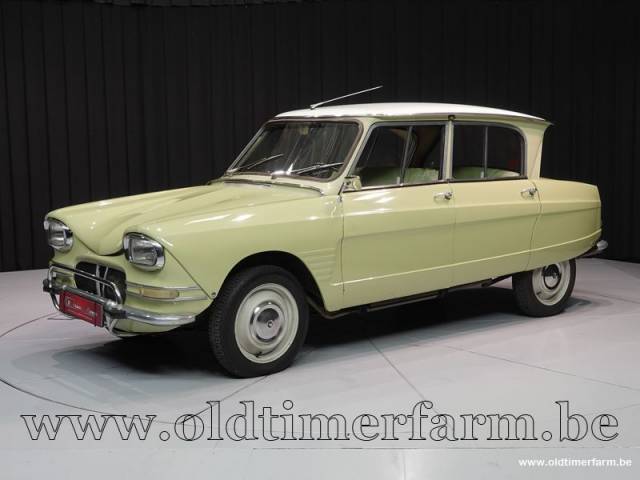
1962 | Citroën Ami 6 Berline
1962 Citroën AMI 6 '62
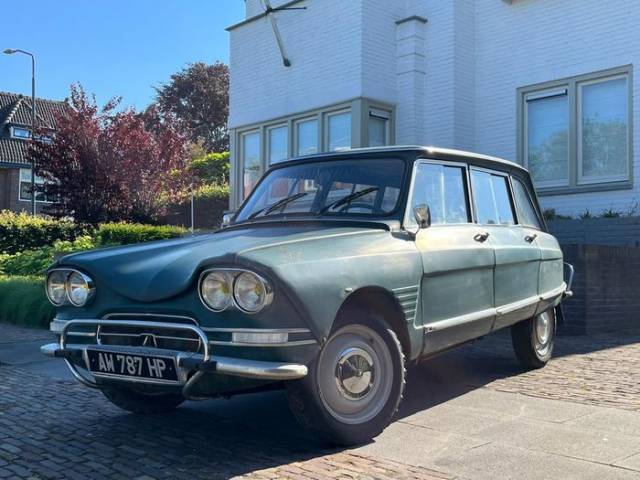
1967 | Citroën Ami 6 Break
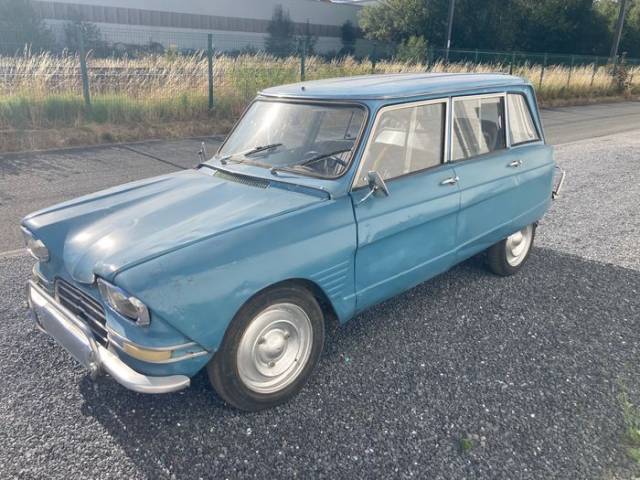
1965 | Citroën Ami 6 Break
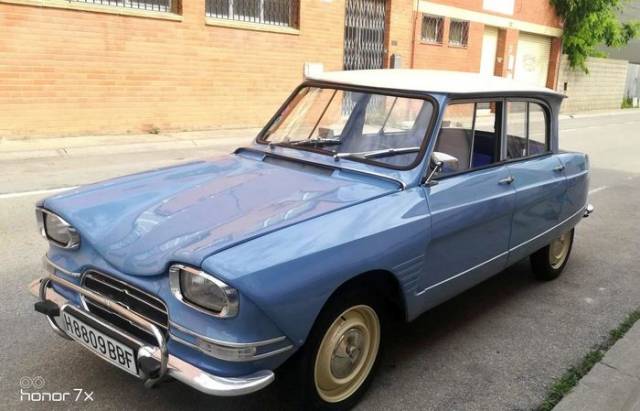
1964 | Citroën Ami 6 Berline
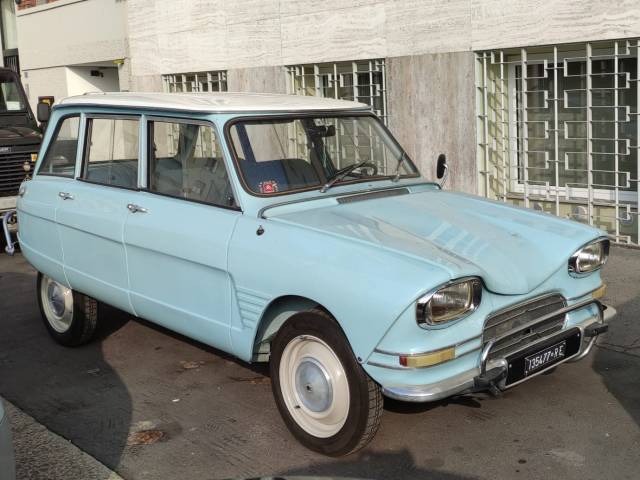
1968 | Citroën Ami 6 Break
Excellent conditions
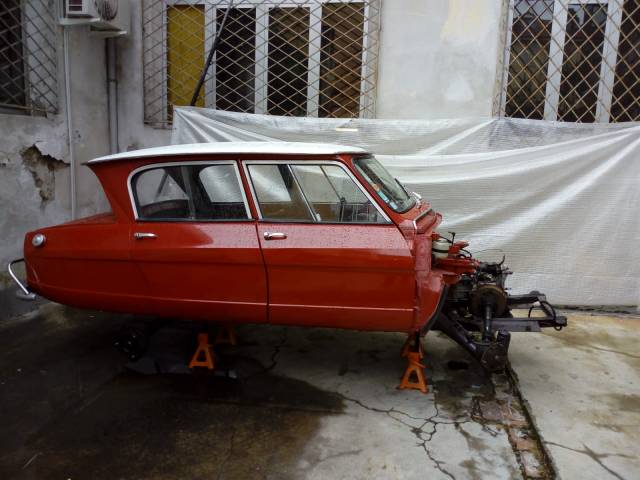
1964 | Citroën Ami 6 Berline
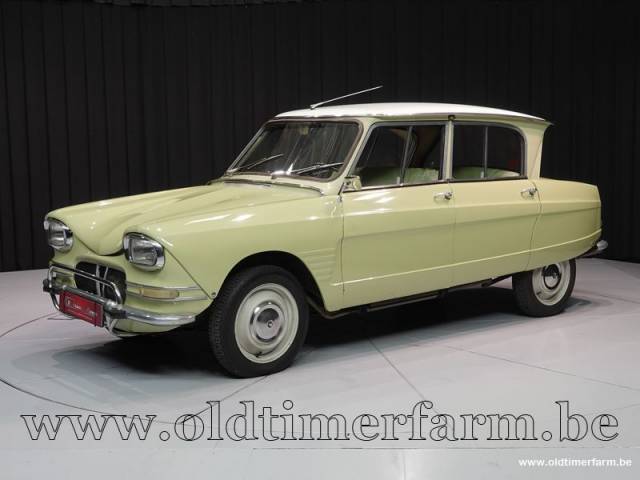
1962 | Citroën Ami 6 Berline
1962 Citroën AMI 6 '62
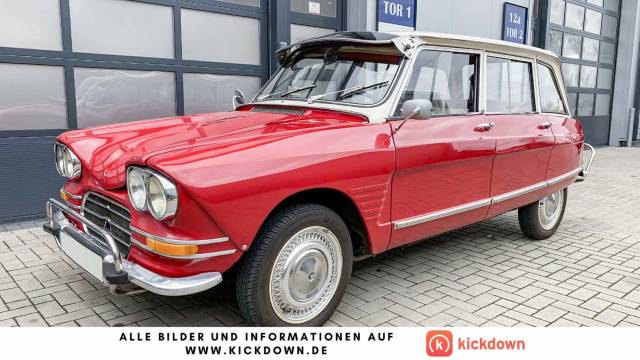
1968 | Citroën Ami 6 Break
++ www.kickdown.com Classic Car Online Live Auctions ++
(synced)
History of the Citroën Ami 6
Launched on 24 April 1961, the Citroën Ami 6 was conceived as a small family saloon to bridge the gap between the basic 2CV and the larger, more refined DS. Its body, designed by Flaminio Bertoni, drew immediate attention — especially for the distinctive inward-slanted rear window that provided clear visibility in wet weather. The Ami 6 initially battled slow sales, mainly due to its unconventional looks and higher pricing compared to its predecessor. Nevertheless, it quickly found success, notably becoming the best-selling car in France in 1966, largely thanks to the practical estate (Break) introduced later. Over 1,039,384 units of the Ami 6 were manufactured until production ended in 1969, after which the model was succeeded by the more conventional Ami 8.
Model history
The Ami 6 line began as a two-door saloon (Berline) and expanded with the estate (Break) in 1964, offering increased practicality with a spacious boot. Positioned between the economical 2CV and the premium DS range, the Ami 6 targeted families wanting more comfort and space without moving to a full-size car. The successor, Citroën Ami 8, carried on production from 1969, featuring more streamlined, less controversial styling. Over time, the Ami 6 saw updates to its engine and trim but retained its fundamental layout and character throughout its run.
Highlights of the Citroën Ami 6
One of the Ami 6’s most recognisable features is its reverse-rake rear window—a design that polarised opinion but set the car apart visually. Uncommon for its time, the Ami 6 pioneered rectangular headlamps, improving lighting by 26% compared to round units. The car’s seat comfort and plush interior, coupled with its advanced suspension derived from the 2CV, delivered remarkable everyday usability. Lightweight construction (around 600 kg) combined with a 21–32 PS air-cooled flat-twin engine made for agile city driving. The model’s distinct design, innovative features, and practicality made it especially popular in France, with the Ami 6 Break playing a significant role in its sales success.
Technical data
Special Editions and Collectible Models
Among Ami 6 models, the Break (estate) variant stands out as particularly desirable for its utility and sales success. Some rare original versions featured a factory-fitted sliding sunroof or radio. Vehicles with well-preserved interiors, original paintwork or rare factory options are especially sought-after among collectors today.
Weak Spots and Common Issues
While celebrated for its comfort and ingenuity, the Ami 6 suffers from certain drawbacks. The early flat-twin engine feels underpowered by modern standards, achieving between 100 and 115 km/h at best. The drum brake system provides sufficient stopping power for the car’s performance, but was complicated and time-consuming to maintain, increasing running costs. Parts availability today can be an issue, particularly for original bodywork and specialty components. The ergonomic simplicity—single-spoke steering wheel, column shifter, and spartan dashboard—feels dated to modern users. The reverse-raked window, while practical, contributed to polarising reactions and affected the model’s acceptance in conservative markets like Germany. Watch for corrosion, brake wear, and electrical issues—especially on examples still using 6-volt systems.
Engine and Performance, Transmission and Handling
The Ami 6 was powered by a 602 cc, two-cylinder air-cooled boxer engine, producing between 21 and 32 PS depending on year. Later models benefited from improved compression for extra output. While acceleration was modest—measured at 0–50 mph in just over 30 seconds—the lightweight chassis, precise steering, and soft, long-travel suspension provided a surprisingly smooth and comfortable ride on rough roads. Handling in urban traffic and on rural lanes was agile, though the modest engine required patience for overtaking. Noteworthy variants include the Ami 6 Break, celebrated for its practicality and family-friendly space. Factory options like a sliding roof or radio add desirability to saloon (Berline) models in collector circles.
Interior, Comfort, Exterior and Design
Styling by Flaminio Bertoni gave the Ami 6 its unmistakable character, especially with the forward-slanting rear window and angular lines. Early models featured sliding rear side windows, later replaced by a more practical design. Inside, the Ami 6 boasted bench seating with plush padding, durable cloth upholstery, and a minimalist dashboard centring on the single-spoke steering wheel. Many cars offered accessories such as folding sunroofs or factory radios. Body colour options ranged from subtle pastels to vibrant French blues. Today, originality in paintwork and period features such as period radios or factory wheels increases both appeal and value among aficionados.
Other relevant features
The Ami 6 has been informally dubbed the Citroën '3CV' in France, denoting its tax class. The model’s simplicity and rugged components mean that maintenance and repairs are often within reach of competent enthusiasts, making it a practical entry point to classic Citroën ownership. In some regions, the Ami 6 is eligible for historic vehicle registration, offering advantages such as exemption from modern emissions rules or road tax.
Summary
The Citroën Ami 6 fuses unconventional design with real-world practicality, making it an intriguing classic for collectors and enthusiasts alike. Its spacious interior, capable suspension, and innovative features secured a strong following—especially in estate form. While maintenance and parts sourcing can pose challenges, the Ami 6 remains highly recognisable and continues to be at the centre of interest among classic Citroën fans in the UK and beyond.



